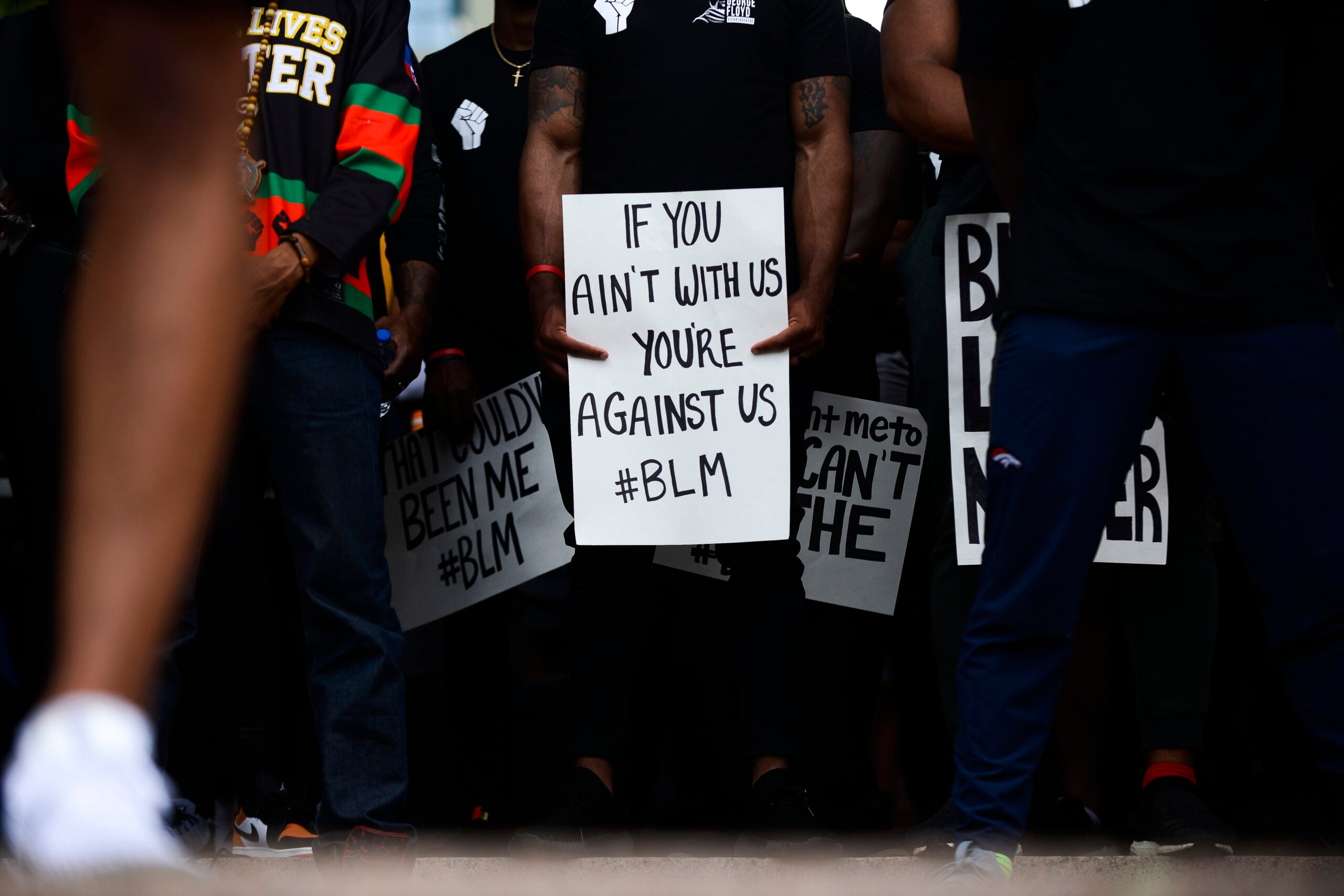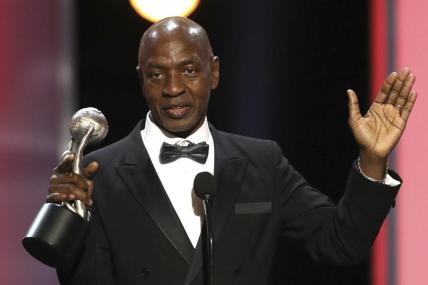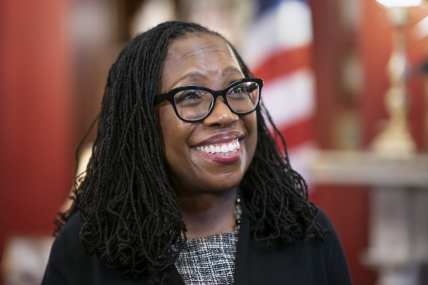Two Supreme Court cases could change the way Americans use social media
If the United States Supreme Court finds that tech giants played a role in a series of deadly terrorist attacks, it could mean harsher regulations for social media companies and their users.
This week, the Supreme Court listened to hours of oral arguments in two landmark cases – Reynaldo Gonzalez v. Google and Twitter v. Taamneh – where several families are suing the social media giants for allegedly aiding and abetting ISIS in three deadly terrorist attacks that took place in the U.S. and abroad and resulted in the deaths of their relatives.
If the Supreme Court finds that Google or Twitter played a role in the deadly attacks, this could mean harsher regulations for social media companies and their users.
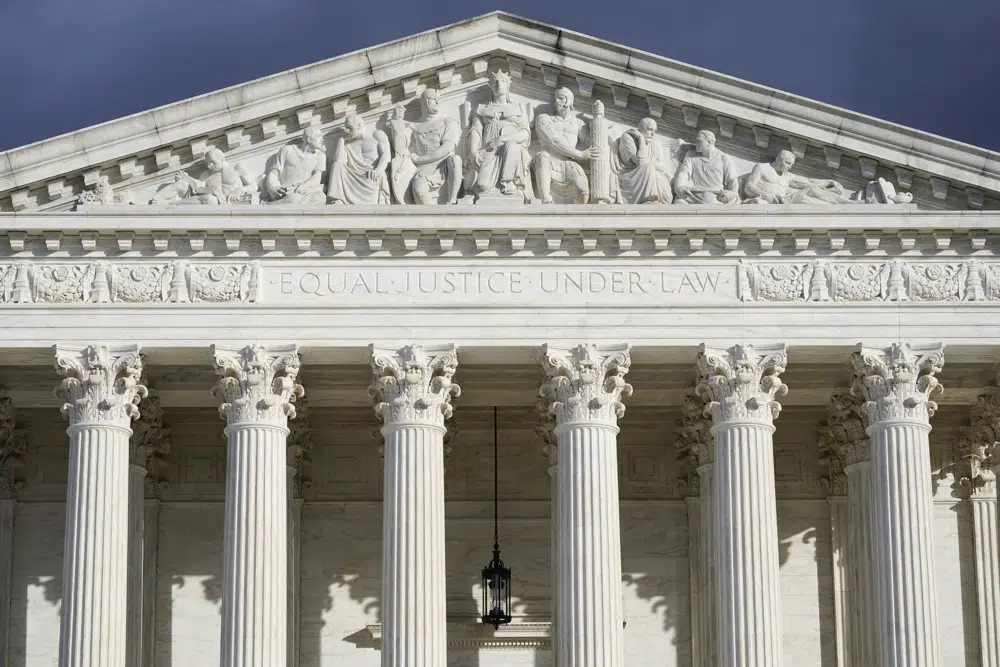
What are the key facts of both cases?
Nohemi Gonzalez, Nawras Alassaf, Sierra Clayborn, Tin Nguyen and Nicholas Thalasinos lost their lives in separate terrorist attacks that took place in Paris (2015), San Bernardino (2015) and Istanbul (2016) at the hands of ISIS.
Their families filed suits against Google, Twitter and Facebook in the U.S. Central District of California citing that the social media companies hosted ISIS content and provided algorithmic recommendations that boosted the terrorist organization’s fundraising, propaganda, planning and recruiting tactics to carry out the attacks.
What is the law in question?
The families of the five victims sued the three social media companies under the federal Anti-Terrorism Act. The act allows U.S. citizens to receive damages if there is a finding that a company aided and abetted “by knowingly providing substantial assistance” to a terrorist organization that carried out a harmful attack.
In this case, the families believe all three social media giants refused to monitor their platforms properly and allowed ISIS to post videos and other content to spread their message, recruit and plan the deadly attacks. The plaintiffs believe the social media companies should be held liable for directly and indirectly supporting ISIS.
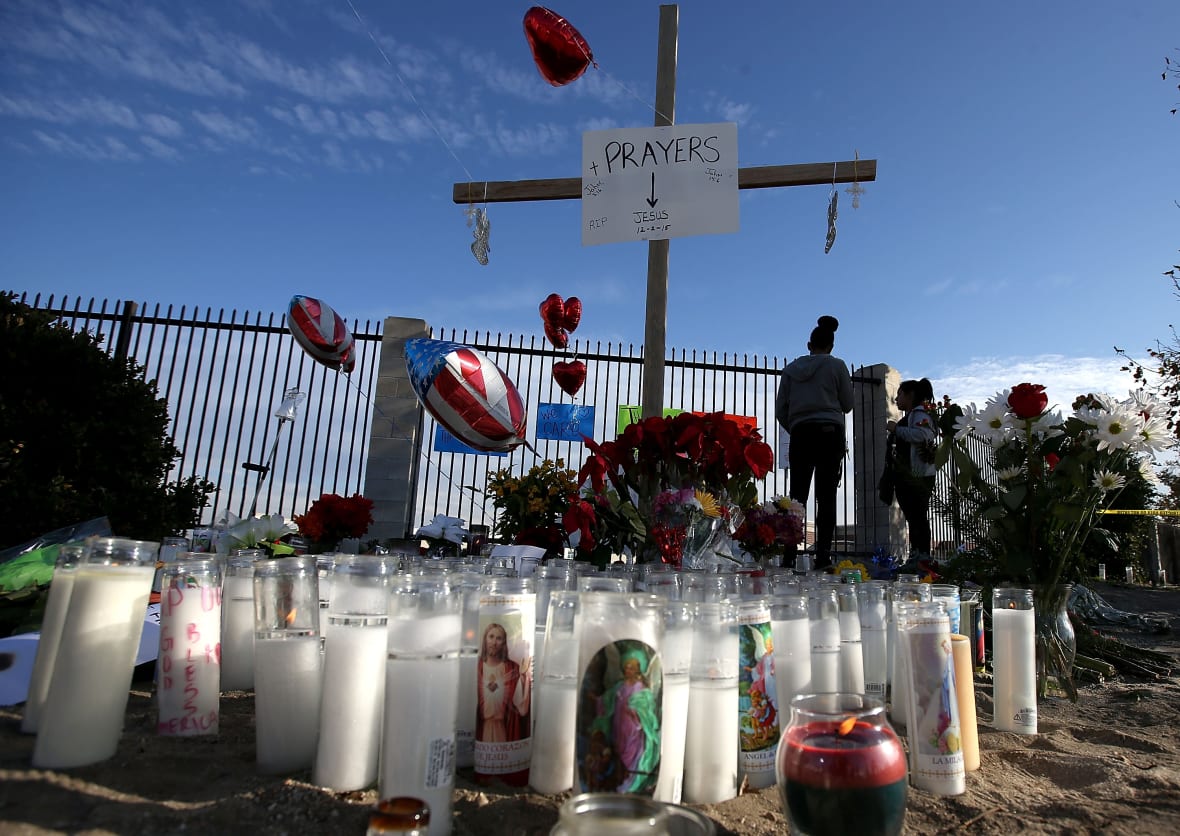
On the contrary, attorneys for the social media companies argue that the plaintiffs failed to satisfy the “knowingly” element of the Anti-Terrorism Act because Twitter, Facebook and Google were unaware of what ISIS had planned.
The defendants’ legal teams also stated that section 230 of the Communications Decency Act of 1996 protects social media companies and other websites from most civil claims and believes this case fits into that category.
The California court ruled that the plaintiffs failed to state a claim under the Anti-Terrorism Act and to find a direct connection between the social media platforms and the ISIS attacks.
Why does this matter?
If the Supreme Court finds that the social media companies did, in fact, aid and abet in the terrorist attacks, this could have a detrimental impact on social media users and their ability to share ideas with others.
Social media companies may feel pressured to censor users’ posts, deactivate accounts, flag accounts as propaganda or simply crack down on free speech that the platforms deem troubling to avoid future lawsuits.
What did Justice Ketanji Brown Jackson say?
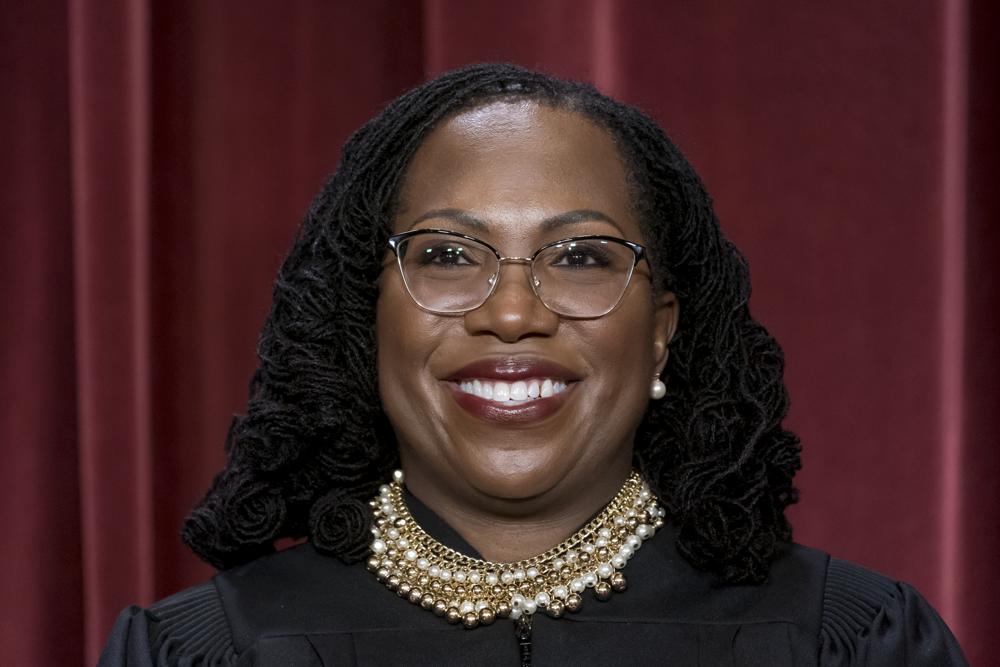
During the hours-long oral arguments heard this week, Justice Jackson and many of the other justices were confused with the arguments brought forth by both sides.
On Tuesday, Jackson told Twitter’s attorney, Mr. Seth P. Waxman, “I don’t know that I see [your argument] clearly” while he presented his case.
Later in the session, while questioning the plaintiff’s attorney Eric Schnapper, Jackson used an Osama Bin Laden comparison to understand his argument.
“We have Osama Bin Ladin coming in to rent a satellite cellphone. You say the sellers don’t need to know that he will use the phone to commit a terrorist act, but I take it that you’re also saying that he doesn’t actually have to use the phone to commit the terrorist act,” she expressed.
She continued, “They could still be on the hook for assisting him even if he doesn’t actually use the thing that they have provided in the act that injures your client?”
Schnapper agreed, in part, and stated, “Providing the cellphone … it aids the terrorist enterprise. That’s the formula that we’re advocating.” The attorney believes that Twitter, Facebook and Google acted like the satellite cellphone company and provided online services to ISIS that would then be used to contribute to the three deadly terrorist attacks in the U.S. and abroad.
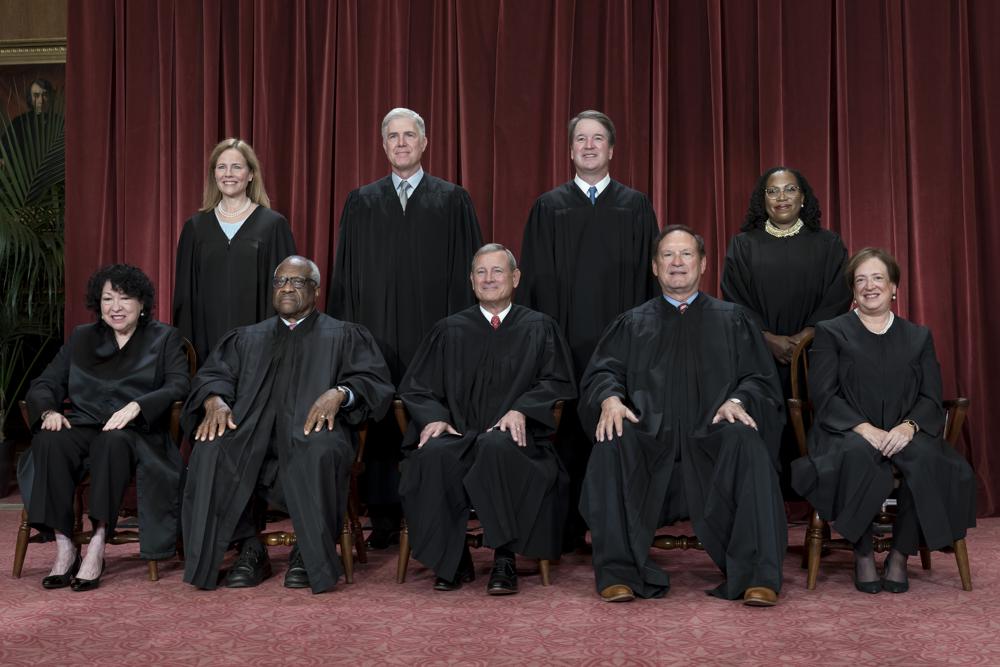
What’s next?
The Supreme Court will have to answer two questions. First, can a social media company be liable for a terrorist attack if it could have taken more meaningful and aggressive action to prevent terrorists from using its services? The second question is whether a social media company can be held liable for aiding and abetting a terrorist organization even if the company’s platform was not used in direct connection with the terrorist attack.
During this week’s oral arguments, the nine justices criticized the plaintiffs and the defendants citing that this was not an open-and-shut case. It is unclear which position the justices will take; however, a ruling for the two cases is expected to be delivered by late June.
TheGrio is FREE on your TV via Apple TV, Amazon Fire, Roku and Android TV. Also, please download theGrio mobile apps today!
